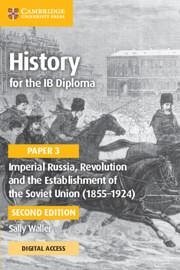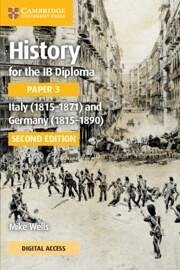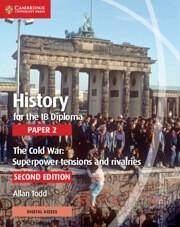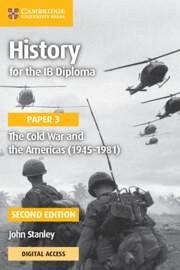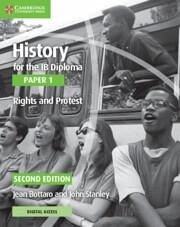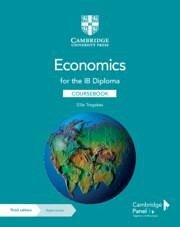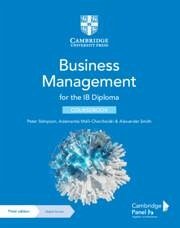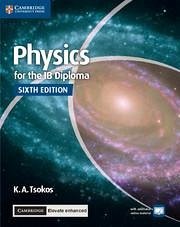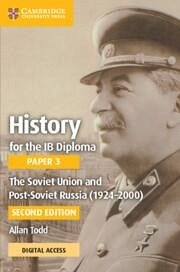
History for the IB Diploma Paper 3 The Soviet Union and post-Soviet Russia (1924-2000) Coursebook with Digital Access (2 Years)
Versandkostenfrei!
Versandfertig in 2-4 Wochen
41,99 €
inkl. MwSt.

PAYBACK Punkte
21 °P sammeln!
This coursebook covers Paper 3, History of Europe, Topic 16: The Soviet Union and post-Soviet Russia (1924-2000) of the History for the IB Diploma syllabus for first assessment in 2017. Tailored to the Higher Level requirements of the IB syllabus and written by experienced IB History examiners and teachers, it offers authoritative and engaging guidance through the topic.



